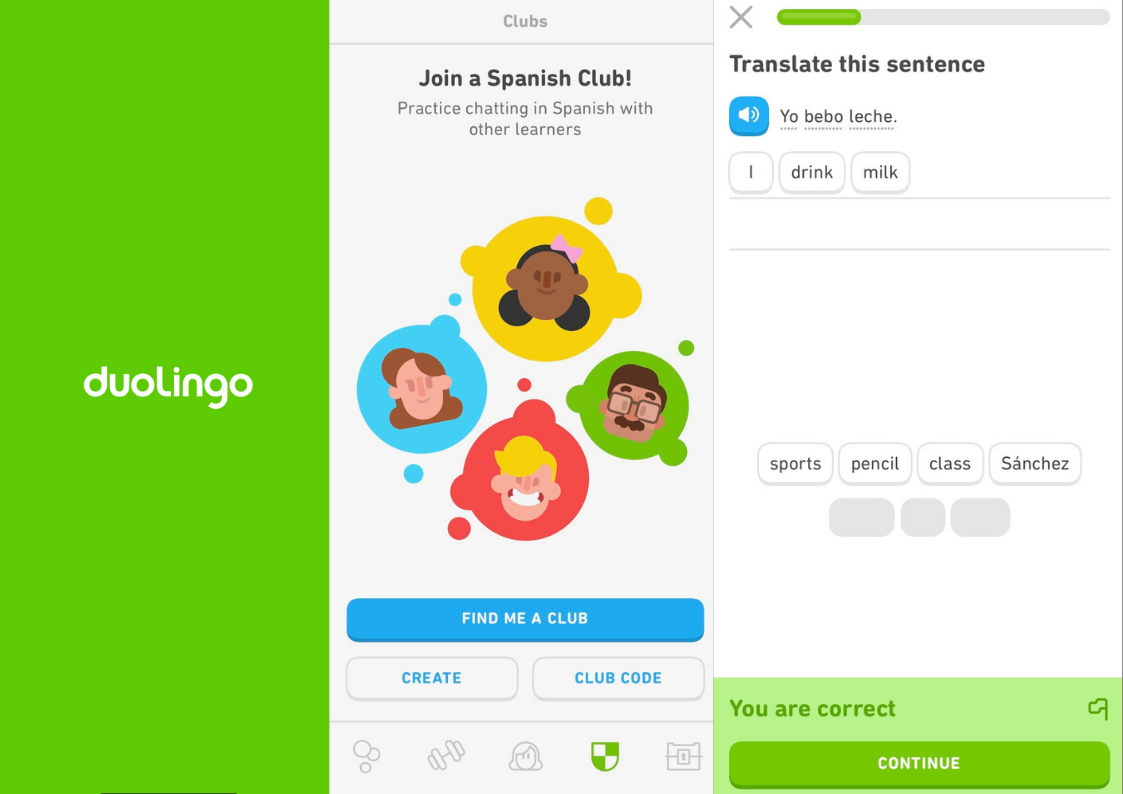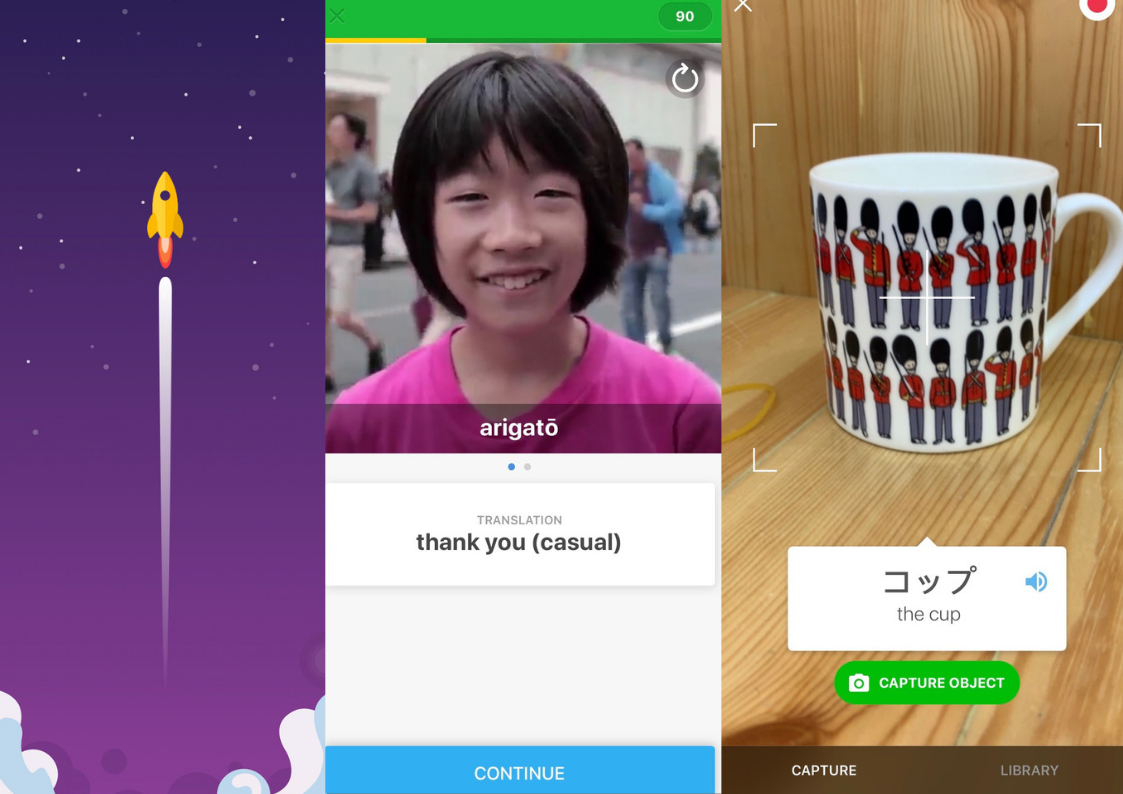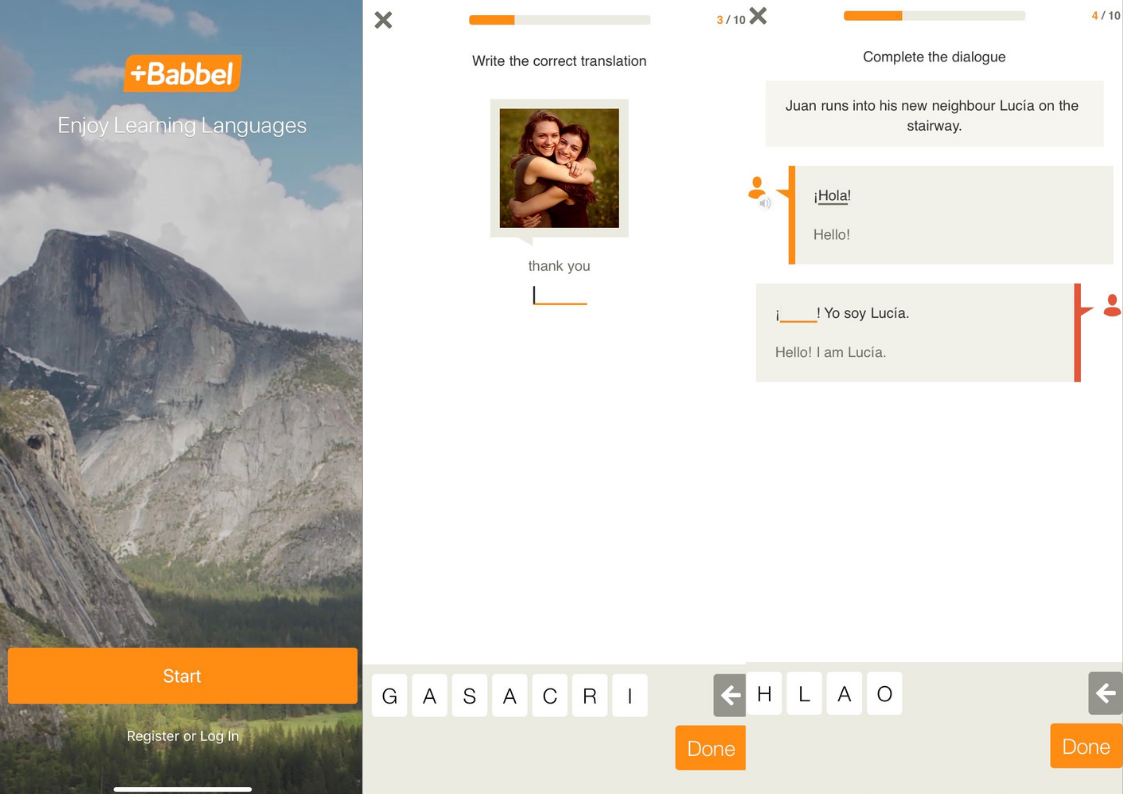Learning a new language can be cool for a number of reasons. It improves one’s cognitive abilities, great for travelling and it also eases understanding of other’s social and cultural nuances. But going to a language class can be quite a daunting task because often, these classes are costly and the schedule is not very flexible. So for you, we have come up with 4 best and worst language learning applications that you can try (or maybe avoid). Let’s get to it!
The creme of the crop
1. Duolingo
(Android, Apple, Windows)

Boasting 200 million users all over the globe, this free application is the choice of many because it integrates language learning with gamification. It offers 23 different languages including High Valyrian and Klingon (yes, we are talking about the fictional languages in Games of Thrones and Star Trek), and for many of the languages, there are courses that cater for learners with different first languages. To keep its learners motivated, apart from rewarding you with ‘linglots’ and XPs, you can also connect and compete with friends, as well as joining a club.
The structure is pretty simple. You start from the beginner phase and throughout your learning, you will be presented with flashcards, match the word, translate and write as well as fill in the blank exercise. Sounds a lot but this what makes the lesson interesting.
Another point that puts Duolingo on the top of our list is the fact that it also has its own discussion tab which allows other language learners to ask questions about grammars and contexts. This is actually very helpful because this forum gives you the opportunity to interact with others who are in the same boat as you are.
This application is available both on mobile and desktop, but for those who are more serious in studying the language, we would suggest that you do your practice on the desktop. The mobile app focuses on vocabularies and understanding the definitions of words while the desktop version is a bit more difficult, with timed challenges and bigger points to put you on a higher ranking on the leaderboard.
2. Memrise
(Apple, Android, Windows)

You know how most of the times children are introduced to new words using flashcards? That’s basically how Memrise approach language learning, except that it provides more fun than the traditional flashcards.
If you are a beginner, first you will be introduced to the alphabetic system and its sounds, then the words and its translations. At the end of each topic, there will be a quiz to test your comprehension of the lesson.
To aid memorisation, Memrise also adopts a ‘space repetition system’, a system that’s basically asking to you recall what you have learned before your brain forgets it. It uses mnemonics (i.e. cues to recall your memory) with audios and images. The mnemonics in some lessons are even provided with native speakers video so you can see how the word is pronounced by different native speakers.
Another appeal to Memrise is that you can use your camera to capture things around you and it will translate the object into the language you are learning. This doesn’t work accurately all the time but it is quite fun to play around with it.
While Duolingo which requires learners to start from the beginning, Memrise users can choose to start from the basics or skip to advance level. Perhaps the only thing that we don’t like about Memrise is that many of its lessons are created by the users themselves, unlike Duolingo which produces its own content. Not that it is entirely a bad thing, it is just that the quality of these users generated content can be inconsistent. A lot of the lessons are exceptionally good but you need to choose which one you prefer more.
3. Babbel
(Apple, Android)

Babbel has been a leader in the e-learning scene for a solid 11 years because it’s generally good. We like that Babbel has different courses catered to a different language. It sort of adds cultural nuances into the lessons, helping learners to understand the context in which the sentences are used. In terms of structure, it is pretty similar to Duolingo, but less fancy. You have flashcards, fill in the blacks, match the words to its translation etc. Generally, we feel like the lessons are very comprehensive and concise especially for beginner-level learners.
Babbel also offers a Review Manager that helps you to review whatever you have learned. You will be given a quiz at the end of a topic where Babbel will assess your performance. Knowing where you are lacking at will certainly help in improving your language learning.
One thing we are not fond of about Babbel is that it can get very dull. It isn’t just the interface, but because there isn’t much variety to the exercises, when you keep on repeating the same thing, you can get bored easily. Then again, some people actually prefer Babbel’s simple interface and how the exercises are structured so some might not be on board with us on this point.
The one we’re not a big fan of…
Busuu
(Apple, Android)

Alright, our decision of putting this app on the ‘bad list’ may be quite controversial considering its popularity, so let’s start what we actually like about Busuu before we move on to what makes them a no-no for us.
In terms of quality, we feel that Busuu can be as good as Duolingo. We like that you can take a placement test to see what level are you in and skip to another lesson if you feel like you’re ready for it. Busuu’s social features are really helpful too, as it allows you to communicate and get feedback on your writings from the native speakers regarding some topics. And most of the time, the responses are really quick, so that’s totally a plus point.
But, compared to others, Busuu only offers 12 languages. Plus the best features of this app can only be accessed if you subscribe to their Premium plan, which we don’t think is worth it. The pronunciation and grammar aspects are often not thoroughly explained, and some of the dialogues are read at a sloth pace, even at B2 (upper-intermediate level).
The lesson structure can be quite confusing too especially when you are introduced to more obscure topics before you fully grasp the basic ones. The biggest disappointment is the offline version which doesn’t work as smoothly as we hoped it would be.
Editor’s note: It is actually quite hard to fully grasp a language if you are only depending on one source. While these applications are great in helping you with the fundamentals of the language you want to learn, you will also need to explore out of your comfort zone. Go travel to the country that speaks the language or get a pen pal who speaks the language you are learning. Be creative! Be adventurous!








